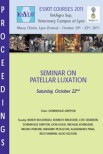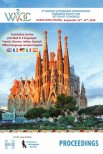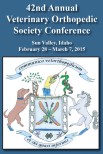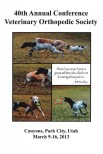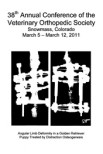Summary
Reasons for performing the study
Distal deep digital flexor tendinopathy is an important cause of foot lameness in horses that is difficult to diagnose with radiography and ultrasonography. Magnetic resonance imaging is a well-accepted and validated technique for the identification of deep digital flexor tendon (DDFT) lesions, but has some practical and financial drawbacks. Contrast-enhanced computed tomography (CECT) has been proposed as a suitable alternative, but validation studies are currently lacking.
Objective
To assess the accuracy of CECT for the identification and characterisation of deep digital flexor tendinopathy.
Study design
Descriptive study of CT, macroscopic and histological findings of the DDFT.
Methods
Plain and CECT scans were acquired of 23 limbs of 16 horses with clinical lameness localised to the foot. All horses had lesions of the DDFT that were identified and characterised with CT and CECT with respect to their anatomic location and extent. All horses underwent post mortem examination and gross abnormalities were described. Samples of the DDFT were taken at specific sites (lesion and nonlesion) for histological evaluation. Macroscopic and histological outcomes were compared with CECT findings.
Results
Of 67 sites in 23 DDFTs that were evaluated, 42 sites in 18 tendons had lesions on CECT images. These 42 sites also had lesions on macroscopic evaluation. There were 3 false negative and 3 false positive results identified on CECT. The sensitivity of CECT for diagnosing lesions of the DDFT in the equine foot was 93%.
Conclusion
CECT is an effective adjunct to the more commonly used diagnostic techniques in equine foot pain.
